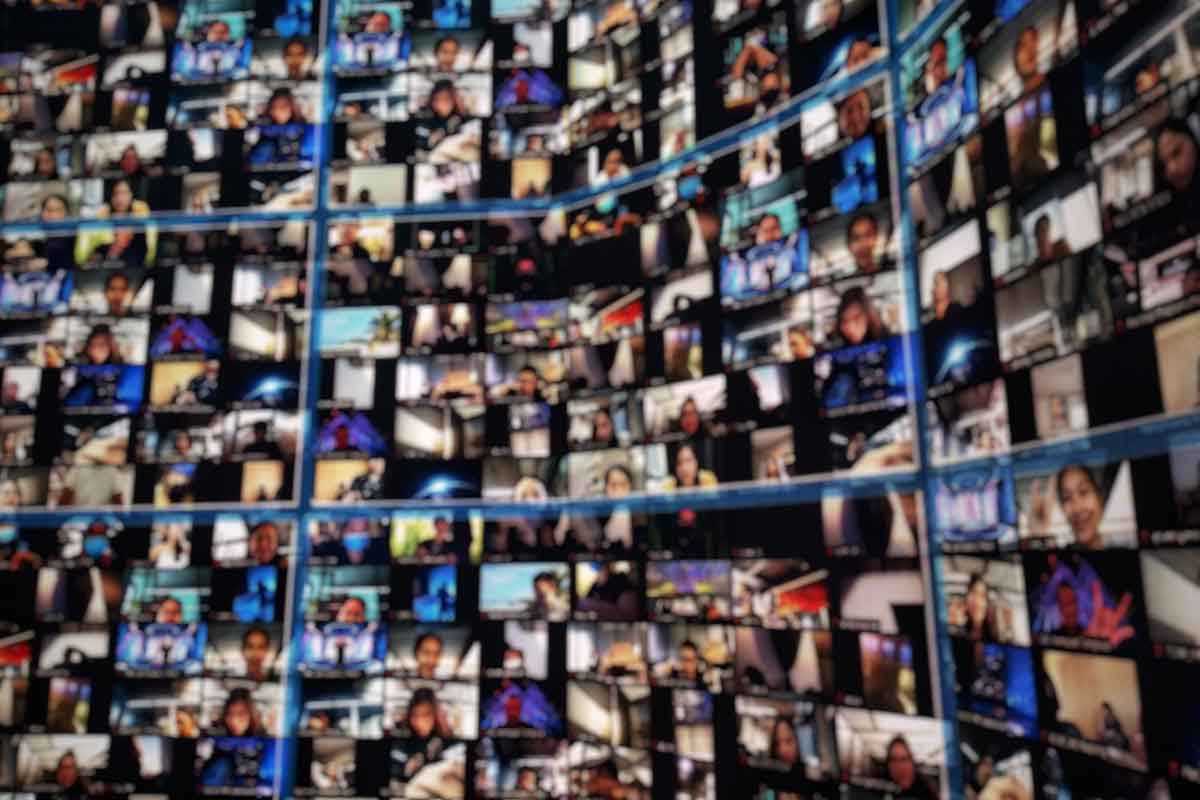Net income received by a tax-exempt organization may be subject to federal corporate income taxation if the income is generated by the performance of an activity that is a trade or business, is regularly carried on, and is not substantially related to the organization’s tax exempt purpose. One area of debate has been whether an organization’s production of a convention or trade show was an activity that was substantially related to the organization’s tax-exempt purpose.
The addition of Section 513(d) by Congress to the Internal Revenue Code settled this debate. The section created a safe harbor from unrelated business taxable income for income produced by “qualified convention and trade show activities” of organizations. With this addition to the code organizations were able to treat income received from such events as not subject to UBIT by virtue of the safe harbor.
Section 513(d)(3)(B) defines the term “qualified convention and trade show activity” as a convention and trade show activity carried out by a qualifying organization in conjunction with an international, national, State, regional, or local convention, annual meeting, or show conducted by a qualifying organization, if one of the purposes of such organization in sponsoring the activity is (1) the promotion and stimulation of interest in, and demand for, the products and services of that industry in general, or (2) to educate persons in attendance regarding new developments or products and services related to exempt activities of the organization, and the show is designed to achieve such purpose through the character of the exhibits and the extent of industry products displayed.
Section 1.513-3(d)(1) also provides that the rental of display space to exhibitors (including distributors who are suppliers) at a qualified trade show or at a qualified convention and trade show will not be considered unrelated trade or business even though the exhibitors who rent the space are permitted to sell or solicit orders.
Qualified trade convention and trade show activity guidance was released in the 1970’s. With the advent of the internet, organizations gained the ability to offer “virtual trade shows”. The question then became whether such a web-based trade show is the type of activity that would meet the qualified convention and trade show activity safe harbor.
Revenue Ruling 2004-112 provided organizations guidance as to how the IRS analyzes activities of virtual trade shows and made it clear that a key factor as to whether the income is UBIT or not is if the virtual show is ancillary to a “live” show. In general, if there is no live show associated with a virtual show then the IRS deems the income does not meet the safe harbor provision and thus is unrelated business income to the organization unless they can exempt the income under a section other than 513(d)(3)(B), like as a qualified sponsorship payment. The IRS’ reason for this position is that activities that promote demand for industry products and services, like other advertising activities, generally would constitute a “trade or business” under section 513(c) if conducted for the production of income. Section 513(d) is a narrow exception to what constitutes an “unrelated trade or business” under Section 512(a). This narrow exception holds that income received by an organization at its convention or trade show from renting display space may constitute unrelated business taxable income, if selling by exhibitors is permitted or tolerated at the show, however activities described in Section 512(d)(3) are specifically exempted from the definition of an unrelated trade or business because they are conducted by a qualifying organization in furtherance of its exempt purpose and in connection with a convention, annual meeting, or trade show. The term “convention, annual meeting, or trade show” as used in Section 513(d)(3) refers to a specific event at which individuals representing a particular industry and members of the general public gather in person at one location during a certain period of time. Not only must the activities be conducted at a “convention, annual meeting, or trade show”, but the character of the exhibits and the extent of industry products displayed at the show must be designed to stimulate interest in, and demand for, the products and services of the industry in general or to educate persons in attendance regarding new developments or products and services related to the exempt activities of the organization. It is the nature of the activities and their connection to a specific convention, annual meeting, or trade show that distinguishes “qualified convention and trade show activity” within the meaning of Section 513(d)(3) and the regulations from other types of advertising and promotional activities conducted by organizations.
Since 2004 there have been many advances in internet capabilities and what could potentially be done by an organization in a virtual trade show setting. Organizations can live stream informational and educational sessions, can provide networking through an online platform, and can showcase services and products that would generally be done in person. COVID-19 has essentially forced organizations to the internet if a trade show had been planned due to limited in-person interaction and state laws.
There could be a number of factors that the IRS would look at in a virtual trade show to establish the activity as meeting the safe harbor for qualified convention and trade show activity. These include the following:
- The purpose of the virtual trade show is to promote and stimulate interest in, and demand for, products and services of an industry or profession or to educate persons in attendance regarding new developments or products or services related to the exempt activities of the organization.
- The virtual show is designated to achieve the above purpose through the character of the exhibits and products/services on display.
- There is a limited time period for which the virtual trade show is available so that the show can be interpreted to be a “specific event”. Consider limiting trade show accessibility similar to how the organization would do so with an in-person event. One of the key factors in the 2004-112 ruling was that the availability of the virtual trade show was too long as access to it was open for a period before and after the event, thus, it should be emphasized that limiting access to a short window could be very important for organizations.
- Prominently highlighted in the design of the virtual trade show should be one or more of the following: networking, sales, or education. The virtual trade shows that are interactive with exhibitors and that offer online educational opportunities will be in a better light for qualifying for safe harbor.
- Historically the organization has provided in-person trade shows and the organization has been able to design and maintain much of the look and feel of an in-person event in their virtual trade show.
- Revenue from the virtual trade show is used to defray the operating cost of such an event, and any excess in revenue over this cost is used in furtherance of the organization’s exempt purposes.
Unfortunately, in this COVID-19 time, the IRS has not issued any additional guidance on virtual trade shows, and thus, we must rely on the old Revenue Ruling 2004-112 and attempt to apply that guidance as best we can to this unique 2020 position. Organizations have essentially been put in the position that if they want to conduct a trade show in 2020 it must be virtual. Likely we will see increased interest from the IRS in whether these activities qualify for exemption from UBIT. In the absence of further guidance, the above factors can be taken into consideration by organizations and it should be documented as to whether the organization asserts their activities more likely than not meet the qualified convention and trade show exception. There is no guarantee that the IRS might not take the position that virtual shows do not meet the qualified convention and trade show exemption relying on 2004-112 as evidence of that position, thus, it would be recommended that organizations document to the best of their ability how their virtual event fulfills the same purpose and goals as their in-person event. We then wait on further guidance from the IRS in the virtual trade show area.
Stay Tuned
Join our email list to receive future updates as they are available.





